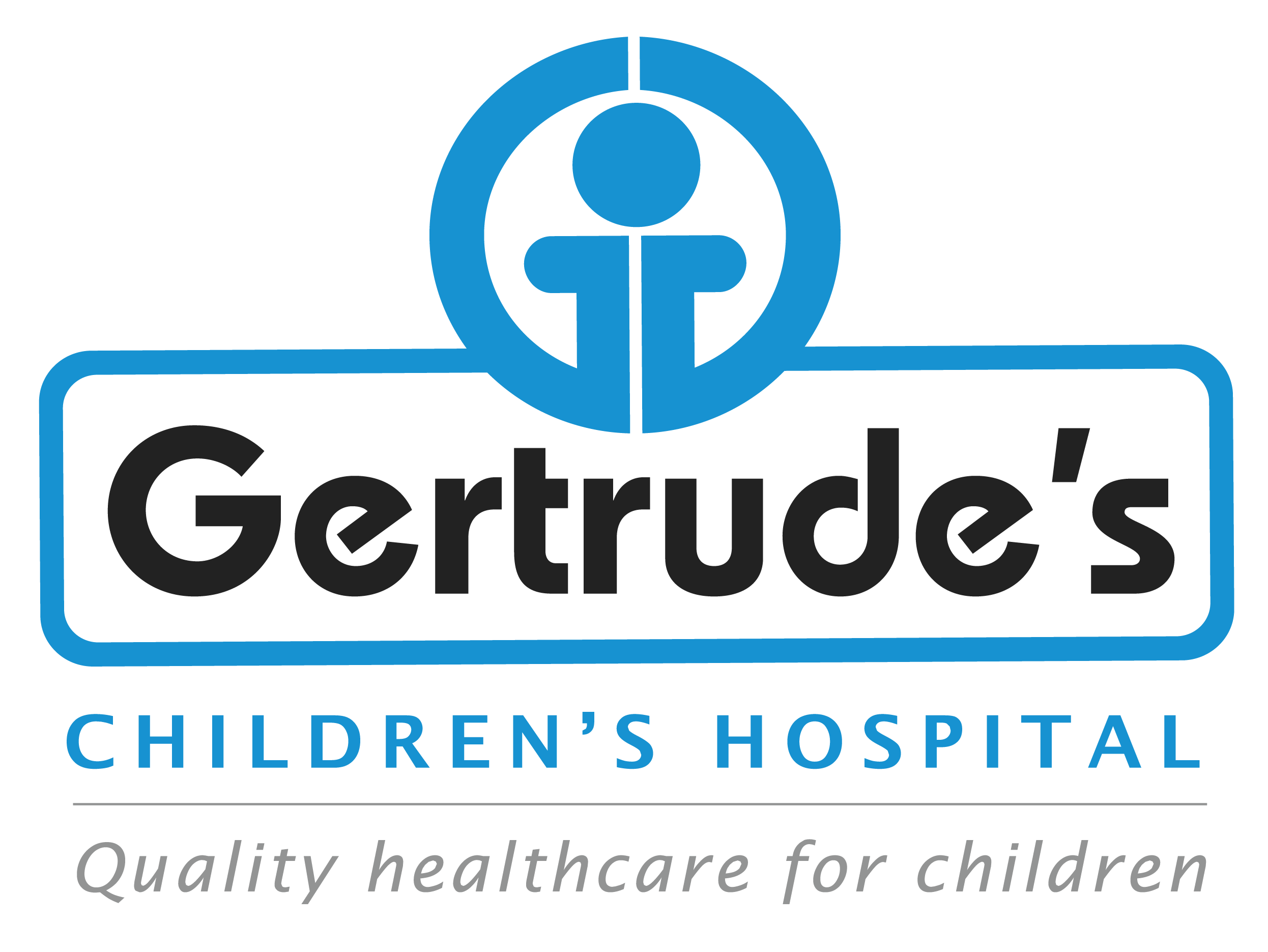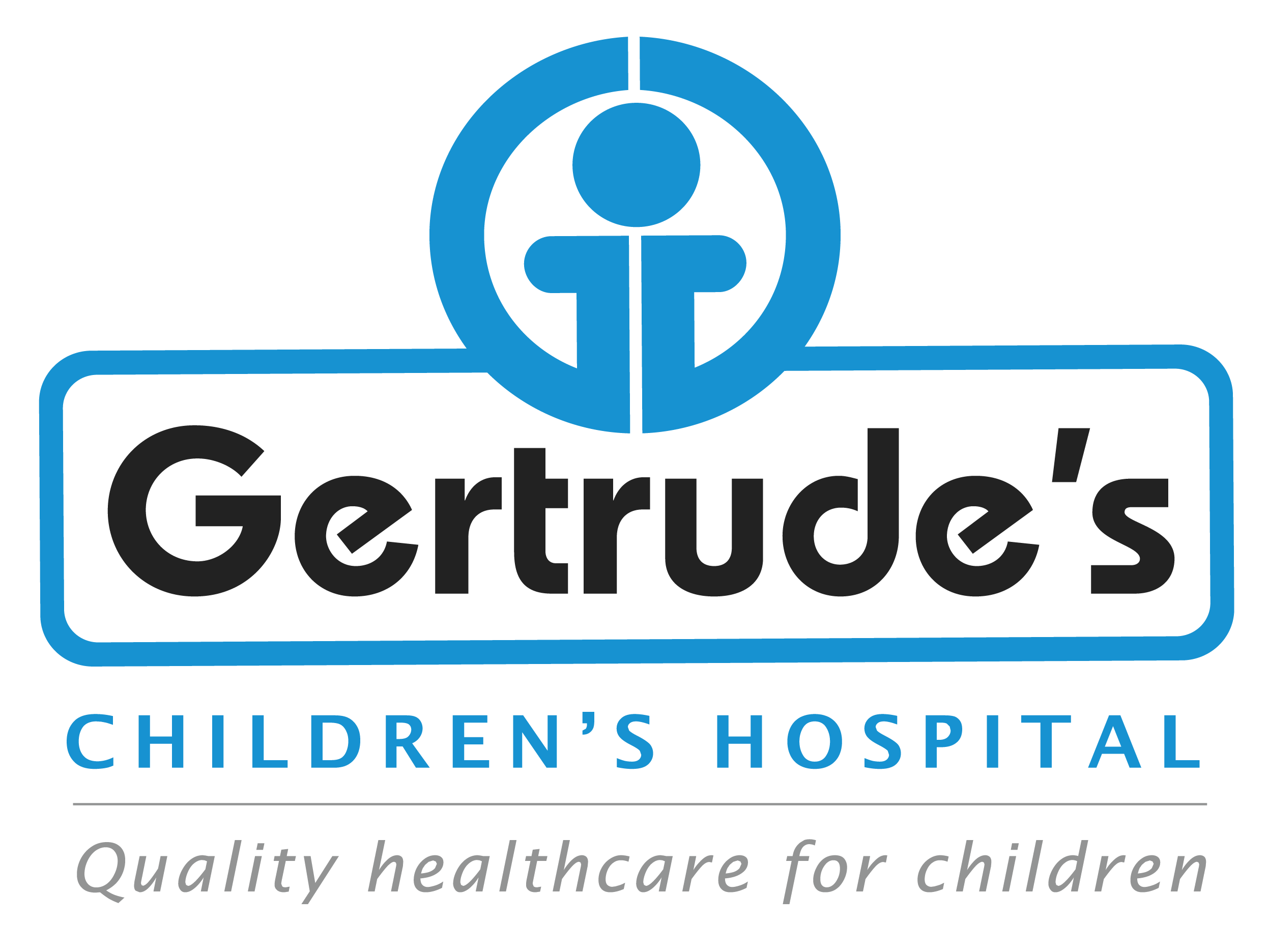Jaw deformities refer to irregularities in the size, shape, or position of the upper or lower jaw. These abnormalities can affect a child’s ability to chew, speak, and breathe properly, and they may also impact facial appearance and self-esteem. Early detection and treatment are essential to promote proper jaw development and overall oral health.
Symptoms
• Difficulty biting or chewing food
• Speech problems, such as slurring or a lisp
• Misaligned teeth or bite issues (overbite, underbite, crossbite)
• Breathing difficulties, especially during sleep (e.g., snoring or sleep apnea)
• Noticeable asymmetry or irregularity in jaw shape or position
• Jaw pain, discomfort, or clicking sounds when opening or closing the mouth
Causes
• Genetics: Inherited traits can influence jaw size and shape.
• Birth defects: Conditions like cleft lip and palate may affect jaw development.
• Trauma or injury: Accidents involving the jaw can lead to abnormal growth patterns.
• Habits: Prolonged thumb sucking, pacifier use, or mouth breathing can alter jaw development.
• Medical conditions: Disorders like Pierre Robin sequence or temporomandibular joint (TMJ) dysfunction can impact jaw structure.
Diagnosis
• Conduct a thorough physical examination of your child’s face and jaw
• Take X-rays, CT scans, or 3D imaging to assess the jaw’s structure and alignment
• Review your child’s medical history and oral habits
• Collaborate with orthodontists, surgeons, and speech therapists to develop a comprehensive care plan
Treatment Options
• Orthodontic care: Braces, expanders, or headgear to guide jaw and teeth alignment during growth.
• Speech therapy: To address communication challenges caused by jaw irregularities.
• Oral appliances: Custom devices to improve bite function or correct jaw positioning.
• Surgical intervention: In severe cases, corrective jaw surgery (orthognathic surgery) may be needed to reshape or reposition the jaw.
• Early intervention: For younger children, growth modification techniques can encourage normal jaw development.
Frequently Asked Questions
Q: Can jaw deformities correct themselves as a child grows?
A: Some mild deformities may improve with growth, but most require intervention to ensure proper function and alignment.
Q: At what age should treatment for jaw deformities begin?
A: Early evaluation is ideal, often around age 7. Growth modification is most effective during childhood, but treatment options are available for teens as well.
Q: Is jaw surgery safe for children?
A: Jaw surgery is typically reserved for severe cases and is performed with great care by experienced surgeons. The benefits often outweigh the risks, especially in improving function and quality of life.
Contact
Please feel free to contact us with any general or medical enquiry by calling us.





